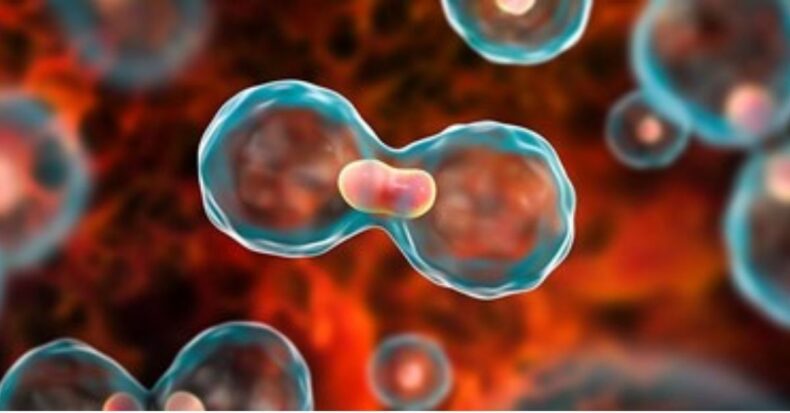Cancer is one of the fastest-growing life-taking diseases that haven’t had any 100% treatment until now. Cancer is an abnormal growth of cells that impacts the healthy tissue and damages them. It can occur at any part of the body and is defined by different medical terminologies.
The Four-Stage Treatment of Cancer
There are four main streams of treatment that are working together to fight this. The first one is a surgical oncologist who performs surgical operations to cut the damaged and harmful cells and tissues to stop the further growth of cancer cells; this is achieved in the cases where it is possible to remove any section of the body without which a person can survive.
The second one is chemotherapy, in which clinicians uses drugs to kill the cancer cells; as it is challenging to target any individual cells, there are chances of getting side effects from these drugs.
The third one is bone marrow transplant, in which bone marrow is transplanted from a healthy donor to the patient after confirming by performing multiple medical tests for the compatibility of donor and receptor bone marrow.
The fourth and major one is radiotherapy treatment, in which high radiation is targeted on the cancer cells to kill them. However, this technology also had side effects on the patient body as the radiation affects the healthy tissues.
Development of Fine Precision Radiotherapy

To overcome the adverse effects of radiotherapy, many developments are done and are still in progress to target only the cancer cells and reduce their impact on healthy tissues. There is new precision, and target-oriented technologies are implemented with the radiation generation equipment to keep its target-oriented.
In the treatment room, only the patient is left alone for the treatment, and no one else is allowed to stay inside, not even clinicians and technicians to keep them safe from the radiation. In the treatment, the patient room is monitored with the help of live monitoring thermal cameras, and the instruction is given through mic and speakers.
But we cannot guarantee that the patient will not change their position as they are already in so much pain. Therefore, to track their body position and posture and guide the radiation gun, there are new technologies invented in which the radiation gun will only shoot if the patient is as per the pr defined position and the target is at the specified place; otherwise, these target-oriented devices will not give a command for the radiations.
Difference Between Old and New Technology
Moreover, in earlier technologies, the period per sitting of the treatment is too long as per the current treatment time. Nowadays, on ana, the average per sitting time is from 8 to 10 minutes from in to out time from the treatment room. This depends on the type of equipment and technology available in a hospital and the type-level of cancer. This helps the patient keep patience for less time and follow the instructions of clinicians and technicians.
In contrast, in earlier days, the treatment time is more which makes patients impatient, and treatment failure increases.
Scientists and engineers worldwide are trying to find better technology with fewer side effects and fast treatment for cancer cells. Additionally, they are trying to develop diagnostic tools that can diagnose cancer cells’ growth in early stages only without coming to any later signs of cancer and can be a part of routine health check-ups; as we all know, precautions are better than cure.













